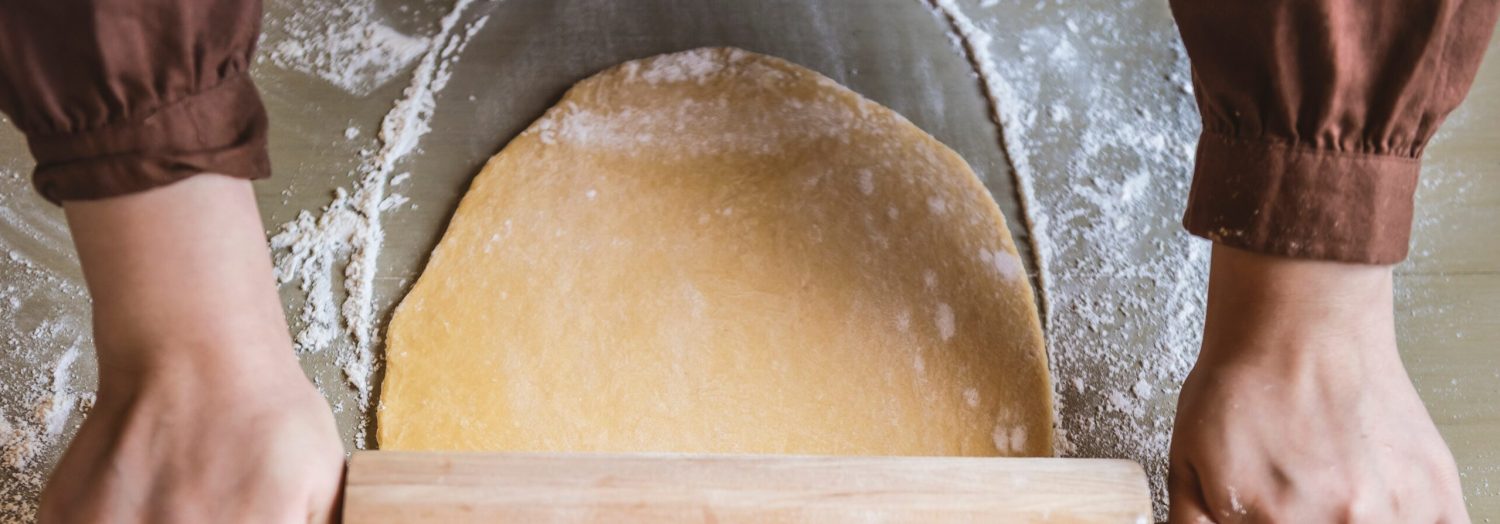Creating ricotta cheese at home is a rewarding and straightforward process. This creamy and versatile cheese can be used in a variety of dishes, from savory pastas to sweet desserts. With just a few simple ingredients and some patience, you'll have fresh, homemade ricotta in no time.
When preparing to make ricotta cheese, you might need to pick up a few items that aren't always in your pantry. Heavy cream is essential for achieving the rich texture of the cheese. Additionally, make sure you have fresh lemon juice on hand, as it acts as the acid to curdle the milk. These ingredients are typically available at most supermarkets.

Ingredients For Ricotta Cheese Recipe
Whole milk: The base of the cheese, providing the necessary fat and proteins.
Heavy cream: Adds richness and a creamy texture to the ricotta.
Salt: Enhances the flavor of the cheese.
Lemon juice: Acts as the acid to curdle the milk and form curds.
Technique Tip for Making Ricotta Cheese
When heating the milk and cream mixture, use a candy thermometer to monitor the temperature accurately. Stir occasionally to prevent the dairy from scorching at the bottom of the pot. Once you add the lemon juice, avoid stirring too vigorously; gentle stirring will help the curds form properly. When draining the ricotta, you can adjust the texture by controlling the draining time—less time for a creamier consistency, more time for a firmer texture.
Suggested Side Dishes
Alternative Ingredients
whole milk - Substitute with 2% milk: If you prefer a lighter version, 2% milk can be used, though the texture may be slightly less creamy.
whole milk - Substitute with goat milk: For a unique flavor, goat milk can be used, providing a tangier taste.
heavy cream - Substitute with half-and-half: This will reduce the fat content while still maintaining a creamy texture.
heavy cream - Substitute with coconut cream: For a dairy-free option, coconut cream offers a rich and creamy consistency.
salt - Substitute with kosher salt: Kosher salt can be used in the same quantity, providing a similar flavor profile.
salt - Substitute with sea salt: Sea salt can be used for a slightly different mineral content and flavor.
lemon juice - Substitute with white vinegar: White vinegar can be used to achieve the same acidic reaction needed to curdle the milk.
lemon juice - Substitute with apple cider vinegar: Apple cider vinegar provides a mild fruity undertone while still curdling the milk effectively.
Alternative Recipes Similar to Ricotta Cheese
How to Store or Freeze Your Ricotta Cheese
To store your freshly made ricotta cheese, first transfer it to an airtight container. This will help maintain its creamy texture and prevent it from absorbing any unwanted odors from the refrigerator.
Place the container in the coldest part of your fridge, typically the back of the bottom shelf. This ensures that the ricotta stays at a consistent, cool temperature, preserving its freshness for up to 2 days.
If you plan to use the ricotta cheese in a few days, you can extend its shelf life by adding a thin layer of olive oil on top before sealing the container. This acts as a barrier against air and moisture.
For longer storage, you can freeze the ricotta. Portion it into smaller, manageable amounts using freezer-safe bags or containers. This makes it easier to thaw only what you need for a specific recipe.
Before freezing, consider draining the ricotta cheese a bit more to remove excess moisture. This helps maintain its texture after thawing.
Label each container or bag with the date of freezing. This helps you keep track of how long the ricotta has been stored, ensuring you use it within 2 months for the best quality.
When you're ready to use the frozen ricotta cheese, transfer it to the refrigerator to thaw slowly. This gradual thawing process helps retain its creamy consistency.
Once thawed, give the ricotta a good stir to reincorporate any separated liquid. If it seems a bit watery, you can drain it again using a cheesecloth-lined strainer.
Use the thawed ricotta cheese in your favorite recipes, whether it's for a luscious lasagna, a creamy cheesecake, or a delightful ricotta pancake.
How to Reheat Leftovers
For a quick and easy method, place the ricotta cheese in a microwave-safe dish. Cover it with a microwave-safe lid or plastic wrap, leaving a small corner open to vent. Heat on medium power for 30-second intervals, stirring gently between each interval until warmed through.
If you prefer a more gentle reheating process, use a double boiler. Fill the bottom pot with water and bring it to a simmer. Place the ricotta cheese in the top pot and stir occasionally until it reaches the desired temperature. This method helps maintain the creamy texture without drying it out.
For a stovetop method, place the ricotta cheese in a small saucepan over low heat. Stir continuously to prevent sticking and ensure even heating. Add a splash of milk or cream if the cheese seems too thick.
To reheat in the oven, preheat to 300°F. Spread the ricotta cheese in an oven-safe dish, cover with aluminum foil, and bake for about 10-15 minutes, or until warmed through. This method is ideal if you're reheating a larger quantity.
If incorporating the ricotta cheese into a dish like lasagna or stuffed shells, simply add it to the recipe and bake as directed. The cheese will heat up perfectly as the dish cooks.
Essential Tools for Making Ricotta Cheese
Large pot: A large pot is essential for heating the milk, cream, and salt mixture evenly.
Thermometer: A thermometer ensures that the mixture reaches the precise temperature of 190°F.
Strainer: A strainer is used to separate the curds from the whey after the mixture has set.
Cheesecloth: A cheesecloth lines the strainer to catch the curds while allowing the whey to drain through.
Large bowl: A large bowl is placed under the strainer to collect the drained whey.
Spoon: A spoon is used to stir the mixture gently after adding the lemon juice.
Measuring cups: Measuring cups are used to measure the milk, cream, and lemon juice accurately.
Measuring spoons: Measuring spoons are used to measure the salt and lemon juice precisely.
Time-Saving Tips for Making Ricotta Cheese
Use a thermometer: Using a thermometer ensures you reach the precise temperature quickly without constant checking.
Pre-measure ingredients: Measure out the milk, cream, salt, and lemon juice before starting to streamline the process.
Prepare the strainer: Line the strainer with cheesecloth in advance to save time when the curds are ready.
Use a large pot: A larger pot heats the mixture more evenly and quickly, reducing overall cooking time.

Ricotta Cheese Recipe
Ingredients
Main Ingredients
- 4 cups Whole milk
- 1 cup Heavy cream
- ½ teaspoon Salt
- 3 tablespoon Lemon juice
Instructions
- 1. In a large pot, combine milk, cream, and salt. Heat the mixture over medium heat until it reaches 190°F.
- 2. Remove from heat and add lemon juice. Stir gently and let sit for 5-10 minutes until curds form.
- 3. Line a strainer with cheesecloth and place it over a large bowl. Pour the mixture into the strainer and let it drain for about 20 minutes.
- 4. Transfer the ricotta to a bowl and use immediately or store in the refrigerator for up to 2 days.
Nutritional Value
Keywords
Suggested Main Courses and Desserts
More Amazing Recipes to Try 🙂
- Gnocchi Recipe40 Minutes
- Turkey Wraps Recipe10 Minutes
- Pasties Recipe1 Hours 20 Minutes
- Honey Garlic Slow Cooker Chicken Thighs Recipe4 Hours 10 Minutes
- Fruit Salad Recipe15 Minutes
- Baby Back Ribs Recipe2 Hours 15 Minutes
- Sinigang na Isda sa Miso Recipe45 Minutes
- Beer Can Chicken Recipe1 Hours 45 Minutes

Leave a Reply